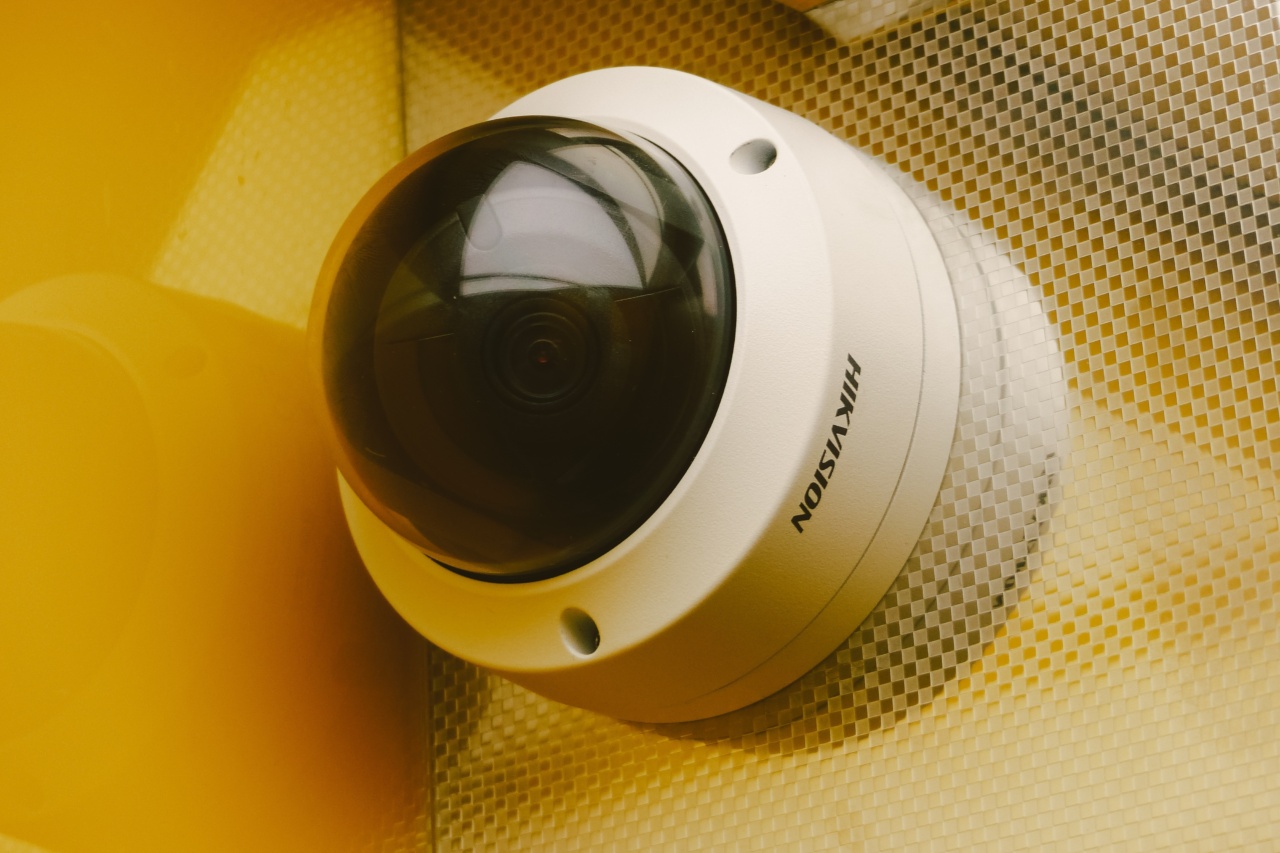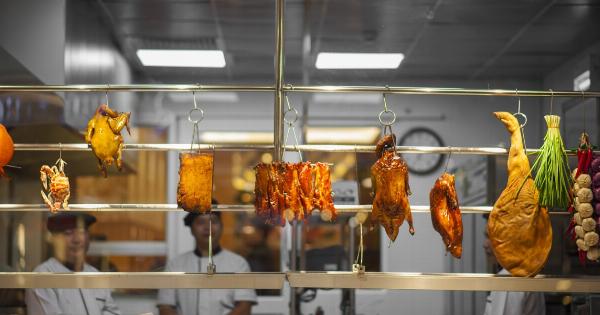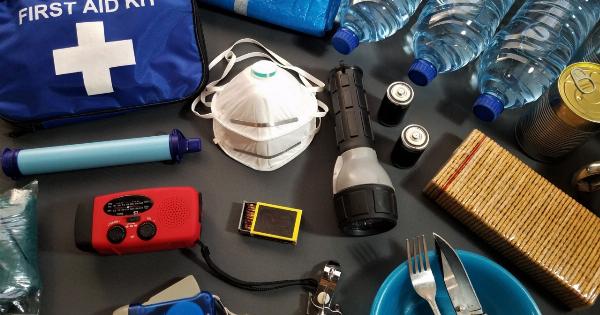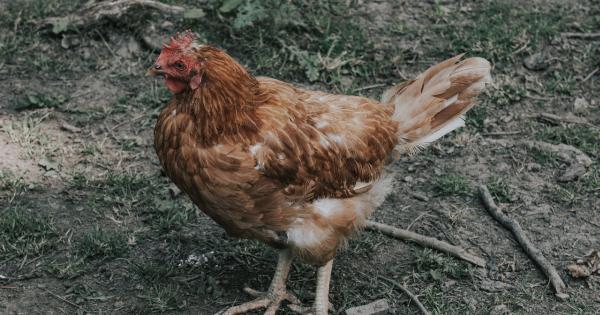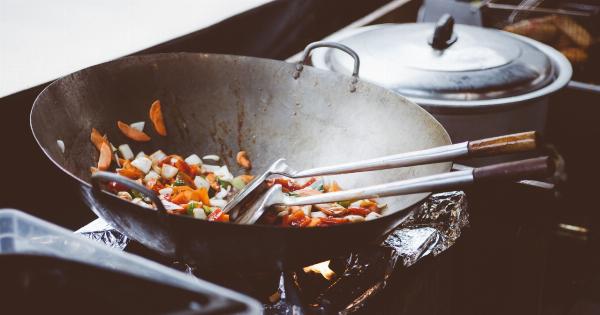Thawing meat properly is essential to ensure safe consumption and enhance the taste and texture of your dishes.
While many home cooks resort to leaving meat out on the countertop to defrost, this method can actually lead to bacterial growth and compromise food safety. In this article, we will explore a safe and fast technique for thawing meat that you can implement in your kitchen.
Understanding the Importance of Proper Thawing
Before we delve into the technique, let’s first understand why proper thawing is crucial. When meat is frozen, the low temperature halts the growth of bacteria and prevents spoilage.
However, as the meat thaws, the surface temperature begins to rise, creating an ideal environment for bacteria to multiply rapidly.
Additionally, uneven thawing can cause the texture of meat to become grainy or mushy. This can affect the taste and overall enjoyment of your culinary creations.
By using a safe and fast thawing technique, you can ensure that the meat retains its flavor, texture, and quality.
The Safe and Fast Technique: Cold Water Thawing
The cold water thawing method is a reliable and efficient technique that can safely thaw meat in a relatively short amount of time. Here’s how you can do it:.
Step 1: Preparation
Fill a clean sink or large basin with cold water. Make sure the sink or basin is clean and sanitized to avoid any cross-contamination. The water should be cold, as warm water can promote bacterial growth.
Step 2: Packaging
Ensure that the meat is securely packaged in a leak-proof plastic bag. This will prevent water from seeping into the meat and compromising its quality. You can double-bag the meat for added protection.
Step 3: Submerging the Meat
Place the packaged meat in the sink or basin filled with cold water. Make sure the water completely covers the meat.
Step 4: Changing the Water
As the meat thaws, the cold water will gradually warm up. To maintain the temperature and ensure safe thawing, replace the water every 30 minutes. This helps to prevent bacterial growth and ensures a quick thaw.
Step 5: Thawing Time
The thawing time will depend on the size and thickness of the meat. As a general guideline, you can expect the thawing process to take around 30 minutes per pound of meat. This method is significantly faster than thawing in the refrigerator.
Step 6: Safe Storage
Once the meat is completely thawed, it is crucial to cook it promptly or refrigerate it. Leaving thawed meat at room temperature can lead to bacterial growth and increase the risk of foodborne illnesses.
Tips for Safe Thawing
Here are some additional tips to keep in mind for safe thawing:.
1. Never Thaw at Room Temperature
As mentioned earlier, thawing meat at room temperature can promote bacterial growth. It is important to avoid leaving meat out on the countertop to thaw.
2. Use Safe Packaging
Ensure that the meat is properly wrapped and sealed in a leak-proof plastic bag. This prevents the meat from coming into contact with water and reduces the risk of contamination.
3. Avoid Microwaving for Thawing
Microwaving is a common method for thawing meat, but it can result in uneven thawing and partially cooked areas. It is best to avoid microwaving for thawing purposes and use the cold water method instead.
4. Thaw as Needed
Thaw only the amount of meat that you need for a particular meal. Thawing larger portions can increase the risk of food waste or leave you with leftovers that may not be suitable for refreezing.
Conclusion
Thawing meat using the cold water method is a safe and fast technique that helps maintain food safety and preserve the quality of the meat.
By following these simple steps and tips, you can ensure that your meat is thoroughly thawed, ready for cooking, and safe for consumption.
